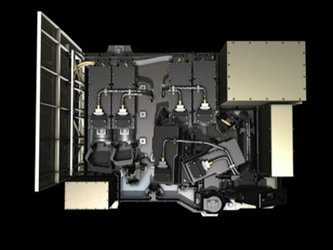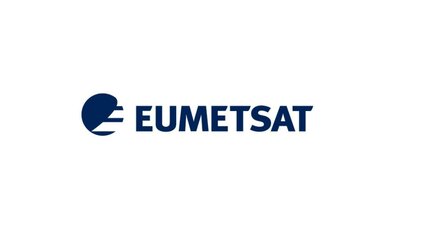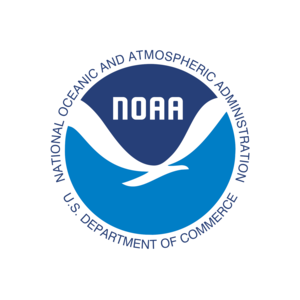Measuring humidity with MHS
In the last in a series of articles focusing on the European instruments flown on MetOp, we look at the MHS (Microwave Humidity Sounder), which is a five-channel, total power microwave radiometer designed to scan through the atmosphere to derive a detailed picture of atmospheric humidity for use in atmospheric modelling and meteorology.
Developed by EUMETSAT, MHS works in conjunction with four of the U.S. instruments provided by the National Oceanic and Atmospheric Administration (NOAA); namely the Advanced Microwave Sounding Units–A1 and –A2 (AMSU), the Advanced Very High Resolution Radiometer (AVHRR) and the High Resolution Infrared Radiation Sounder (HIRS). The ensemble is termed the Advanced TIROS Operational Vertical Sounder (ATOVS) and provides accurate vertical temperature and humidity profiles of the atmosphere. As part of ATOVS, MHS is already delivering valuable data as it is in operation on the NOAA-N satellite, which was launched in May 2005, and it will also form part of the payload on NOAA-N'. MHS represents a significant enhancement over the AMSU-B carried on earlier NOAA satellites.

The MHS detects microwave radiation emitted from the surface of the Earth at specific frequency bands. As the radiation passes through the atmosphere, the signal is partially absorbed by the moisture in cloud cover and precipitation etc, and hence altered. These alterations are detected at a number of different layers in the atmosphere, from which accurate profiles on atmospheric humidity as well as temperatures at the surface of the Earth can be derived.

Data from the MHS instrument and the ATOVS suite is provided to meteorological organisations across the world from the current NOAA satellites, and will soon be provided from MetOp too. This data is already an essential component of numerical weather prediction models.
MetOp's European instruments:
ASCAT (Advanced Scatterometer) to measure wind speed and direction over the ocean.
GOME-2 (Global Ozone Monitoring Experiment-2) to measure concentrations of atmospheric ozone and other gases.
GRAS (Global Navigation Satellite System Receiver for Atmospheric Sounding) to measure atmospheric temperature and humidity.
IASI (Infrared Atmospheric Sounding Interferometer) to measure atmospheric temperature and moisture, and trace gases such as carbon monoxide, nitrogen oxides, methane, ozone.
MHS (Microwave Humidity Sounder) to measure atmospheric humidity and temperature.















 Germany
Germany
 Austria
Austria
 Belgium
Belgium
 Denmark
Denmark
 Spain
Spain
 Estonia
Estonia
 Finland
Finland
 France
France
 Greece
Greece
 Hungary
Hungary
 Ireland
Ireland
 Italy
Italy
 Luxembourg
Luxembourg
 Norway
Norway
 The Netherlands
The Netherlands
 Poland
Poland
 Portugal
Portugal
 Czechia
Czechia
 Romania
Romania
 United Kingdom
United Kingdom
 Slovenia
Slovenia
 Sweden
Sweden
 Switzerland
Switzerland



































